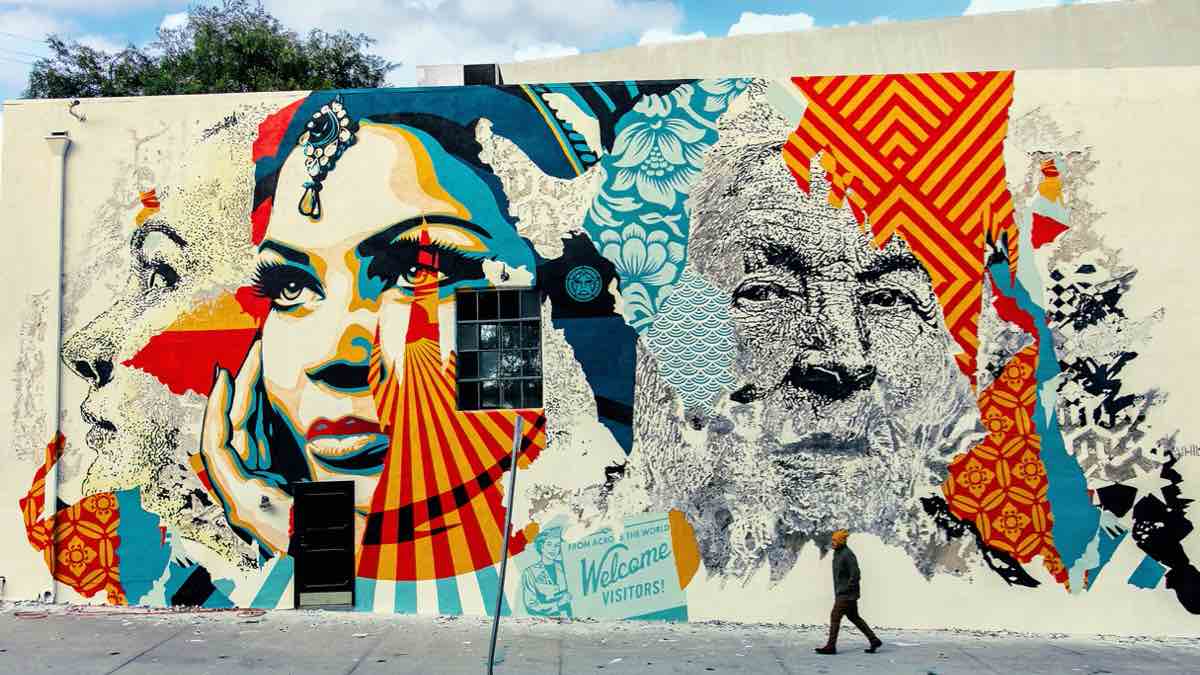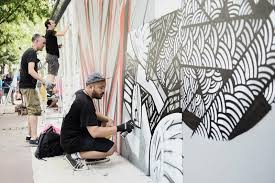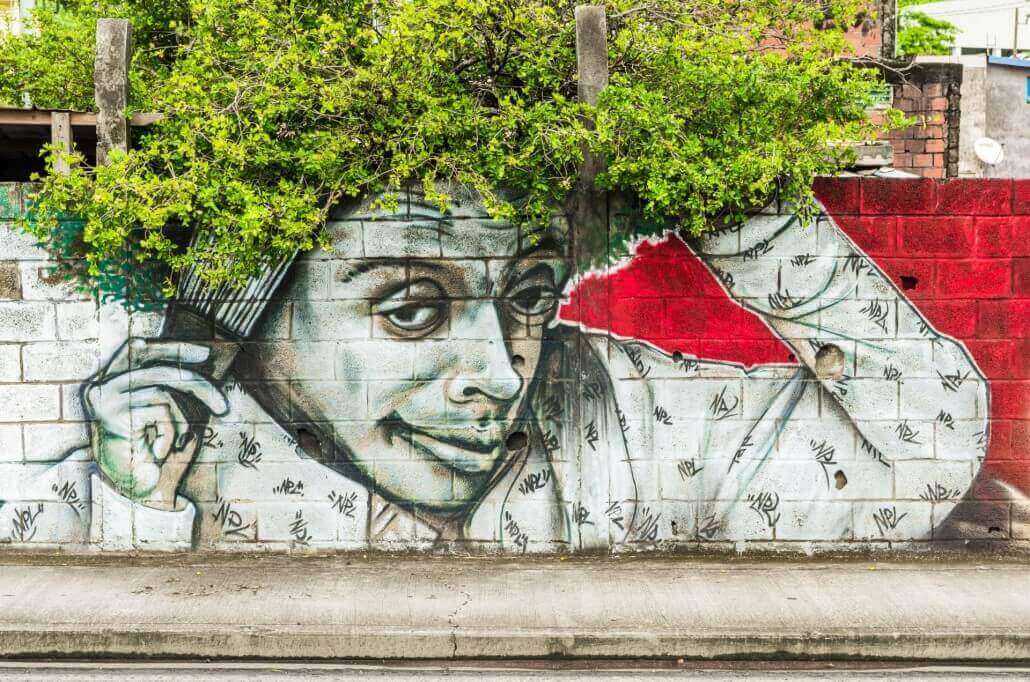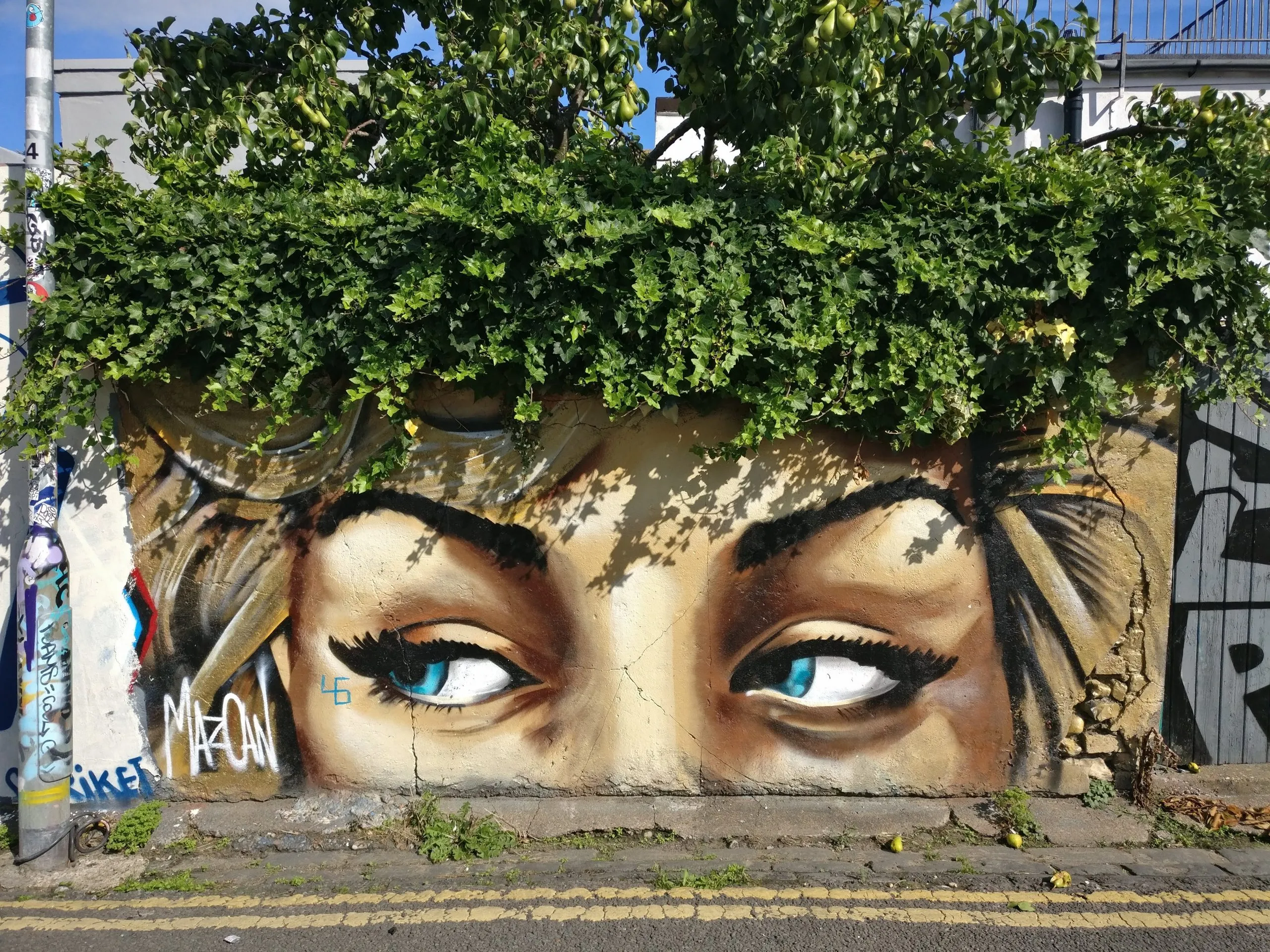Street Artist has transcended its early origins as graffiti and evolved into a globally recognized form of artistic expression. Emerging in urban environments worldwide, street artists have utilized walls, buildings, and public infrastructure as their canvases, blending creativity, social commentary, and bold aesthetics. Street art not only transforms neglected areas into vibrant cultural hubs but also challenges traditional notions of art by bringing it into the public domain.
The Origins of Street Artist
Contents

Street art can be traced back to ancient civilizations, where messages, symbols, and art were etched onto walls. In its modern form, however, street art emerged in the 20th century, particularly during the 1960s and 1970s. It was heavily influenced by the graffiti subculture that arose in cities like Philadelphia and New York. Graffiti artists began tagging walls, subway cars, and buildings with their names or pseudonyms, seeking visibility and recognition.
The art form gained momentum as it was adopted by urban youth, especially marginalized communities, who used graffiti as a way to express themselves. Over time, graffiti evolved into street art—a broader, more deliberate form of public art that combines illustrations, stencils, murals, and installations.
Street Art as a Medium of Expression
Street art is often used as a form of self-expression and storytelling. Unlike traditional art housed in galleries and museums, street art is inherently accessible to the public. This accessibility allows artists to communicate with a broader audience, breaking down socioeconomic and cultural barriers.
Street artists often address social, political, and environmental issues through their work. Topics like poverty, inequality, climate change, and human rights are frequently depicted in murals and public installations. This ability to comment on contemporary issues makes street art not just visually captivating but also intellectually provocative.
Famous Street Artists and Their Contributions
Several street artists have gained international recognition for their groundbreaking work. These artists have elevated street art into a legitimate art form and demonstrated its potential to inspire social change.
Banksy
Perhaps the most famous street artist in the world, Banksy is known for his satirical and thought-provoking art. His work often critiques capitalism, war, and authority, using stencils and striking imagery. Banksy’s anonymity adds to his mystique, allowing the focus to remain on his art and its message rather than his identity.
Some of Banksy’s notable works include “Girl with a Balloon” and “The Flower Thrower,” which have become iconic images in the world of modern art. His art often appears suddenly in unexpected places, creating a sense of excitement and urgency.
Shepard Fairey
Shepard Fairey, an American street artist and graphic designer, gained fame for his “OBEY” campaign and the iconic “Hope” poster of Barack Obama. Fairey’s work combines propaganda-inspired visuals with bold colors and typography, often carrying political and social messages.
His art has influenced both street art culture and commercial design, demonstrating how street art can intersect with popular culture.
Invader
French artist Invader is known for his pixelated mosaics inspired by the 1980s video game Space Invaders. His installations appear in cities around the world, often hidden in plain sight. Invader’s art adds an element of playfulness to urban environments while encouraging viewers to look more closely at their surroundings.
Street Art and Urban Transformation

Street art plays a significant role in revitalizing urban spaces. In many cities, neglected or abandoned areas have been transformed into cultural landmarks through murals and large-scale public art projects. Cities like Berlin, Melbourne, and São Paulo have embraced street art, encouraging artists to create vibrant, community-driven works that attract tourists and locals alike.
One of the best examples is the Wynwood Walls in Miami, Florida. What was once a run-down industrial district has been turned into an open-air gallery featuring murals by some of the world’s most talented street artists. The area has become a cultural hotspot, drawing visitors and boosting local businesses.
Street art festivals, such as the POW! WOW! Festival and Mural Festival, further highlight the transformative power of public art. These events provide artists with opportunities to collaborate and showcase their work while fostering a sense of community among residents and visitors.
The Debate: Vandalism vs. Art
Despite its growing popularity, street art remains controversial. Critics argue that street art is a form of vandalism, as it often involves painting or altering public or private property without permission. In many places, street artists risk fines, arrests, or the removal of their work.
However, supporters of street art view it as a legitimate art form that brings creativity, meaning, and beauty to otherwise dull or neglected spaces. Many cities have established legal avenues for street artists to create public art, such as designated mural zones or commissioned projects.
The debate between vandalism and art highlights the tension between authority and creative freedom, a theme that street artists often explore in their work.
Street Art in the Digital Age

The rise of social media has played a pivotal role in the popularity of street art. Platforms like Instagram allow street artists to share their work with a global audience, turning local art into viral sensations. Street art, which is inherently temporary, gains permanence through digital photography and online sharing.
Social media also enables artists to connect with other creatives, collaborate on projects, and find new opportunities. This digital exposure has helped many street artists gain international recognition, breaking the boundaries of their physical locations.
In addition to social media, advancements in technology have influenced the way street art is created and experienced. Digital projections, interactive installations, and augmented reality have added new dimensions to public art, blending the physical and virtual worlds.
The Future of Street Art
Street art continues to evolve, adapting to cultural, technological, and social changes. It remains a dynamic and unpredictable art form, thriving on its ability to challenge conventions and engage audiences in meaningful ways.
As cities become more open to street art, collaborations between artists, governments, and businesses are likely to increase. Public art programs and initiatives that support street artists pwvip4d will further legitimize their work while transforming urban landscapes.
At the same time, street artists will continue to push boundaries, exploring new techniques and mediums. Whether through stencils, murals, installations, or digital art, street art will remain a powerful form of creative expression that reflects the pulse of society.
Conclusion
Street art has redefined the way we experience and interact with public spaces. It is more than just art; it is a reflection of culture, identity, and social consciousness. By transforming urban landscapes into galleries of creativity and dialogue, street artists challenge us to see the world through a different lens.
From its rebellious origins to its current status as a celebrated art form, street art has proven that art does not need to be confined within walls. It belongs to the people, the streets, and the collective imagination of society. As long as there are stories to tell and walls to paint, street art will continue to inspire, provoke, and transform communities worldwide.

